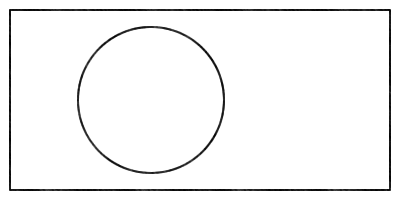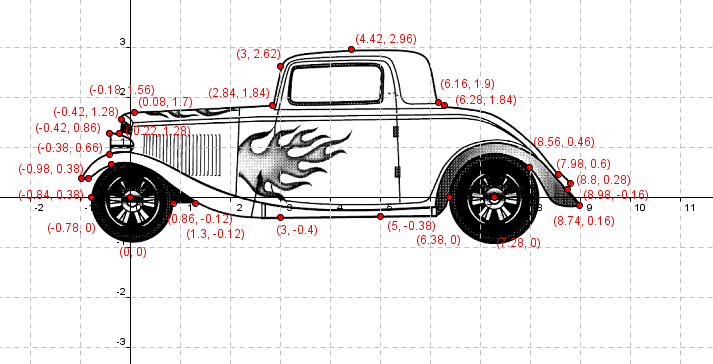 In the past 3 days, I’ve had 3 different people contact me and ask me if I want to participate in a study. One is a Ph.D. student about to finish her doctorate, another is an IT director for a school district, and the last is a business student who wants some information about a product his group is hoping to build with teachers in mind. Each of these messages was personally addressed to me and cited either my online activities as a reason for the contact, or my interest in technology.
In the past 3 days, I’ve had 3 different people contact me and ask me if I want to participate in a study. One is a Ph.D. student about to finish her doctorate, another is an IT director for a school district, and the last is a business student who wants some information about a product his group is hoping to build with teachers in mind. Each of these messages was personally addressed to me and cited either my online activities as a reason for the contact, or my interest in technology.
I suppose that my willingness to blog about what I am doing and share my resources has made me easy to find. Perhaps anyone who is blogging and a strong online presence is going to be found in this way. Anyway it has made me think about an online presence and its value.
The past week my wife has been in Mexico with my son, and every day we’ve been video chatting via Skype. It’s amazing how powerful this experience is, and how happy I am that I am able to connect with both of them and see their faces. It makes a difference. Now I know that video conferencing with loved ones abroad is nothing new, but I’m including it as an example of how people are connecting today.
Another example. A friend of mine is looking for work, he contacted me through Facebook and asked if I had any contacts. Turns out, I do, and I shared them with him. My friend is 9 hours away via timezones, this kind of interaction is very difficult to do via telephone but it worked really smoothly via the inbox and wall of Facebook.
I’ve heard it said that our reliance on technology for connecting with people has reduced the amount of face to face interactions we have. They are probably right. It has dramatically improved our ability to connect in so many other ways though, I think a bit of a loss in F2F time is worth the ability for me to see my son via Skype in Mexico, or for 3 professionals to connect with another professional and ask for his support in their personal projects.
Update:
Here’s a TED video that describes a similar issue.




